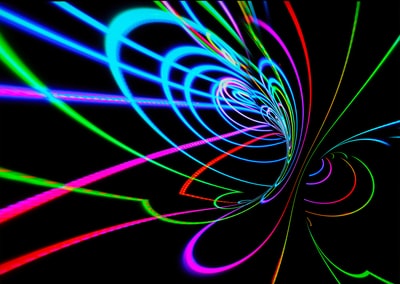Direct current

Alternating current
An alternating current (AC), on the other hand, is continuously changing direction. An example of an AC supply is mains electricity. The number of times the current changes direction can be found out from its frequency. The UK mains supply has a frequency of 50 hertz (Hz). This means that every second it changes direction, back and forth, 50 times. When measured using an oscilloscope the signal is like a wave.
——————————————————
Cables

Each wire has a standard colour to signify which one it is.
| Wire | Colour |
| EarthNeutralLive | Green and yellow stripedBlueBrown |
——————————————————
Plugs
Electricity cables are attached to plugs.

- The case is composed of hard plastic or rubber as both are good electrical insulators.
- The three pins that plug into a socket are composed of brass, another good electrical conductor.
- The cable and plug are connected together by a cable grip. It holds onto the cable as opposed to the wires inside the cable.
- Located between the live pin and the live terminal is a fuse. If too much current flows through the plug then this fuse breaks.
Each wire in the cable has a particular position inside the plug:
- the green and yellow striped wire goes on top
- the blue wire is located to the left
- the brown wire is located to the right next to the fuse
An easy way to remember where each wire is positioned is to look at the second letter of each colour:
- – blue to the left
- – brown to the right
- – striped on top